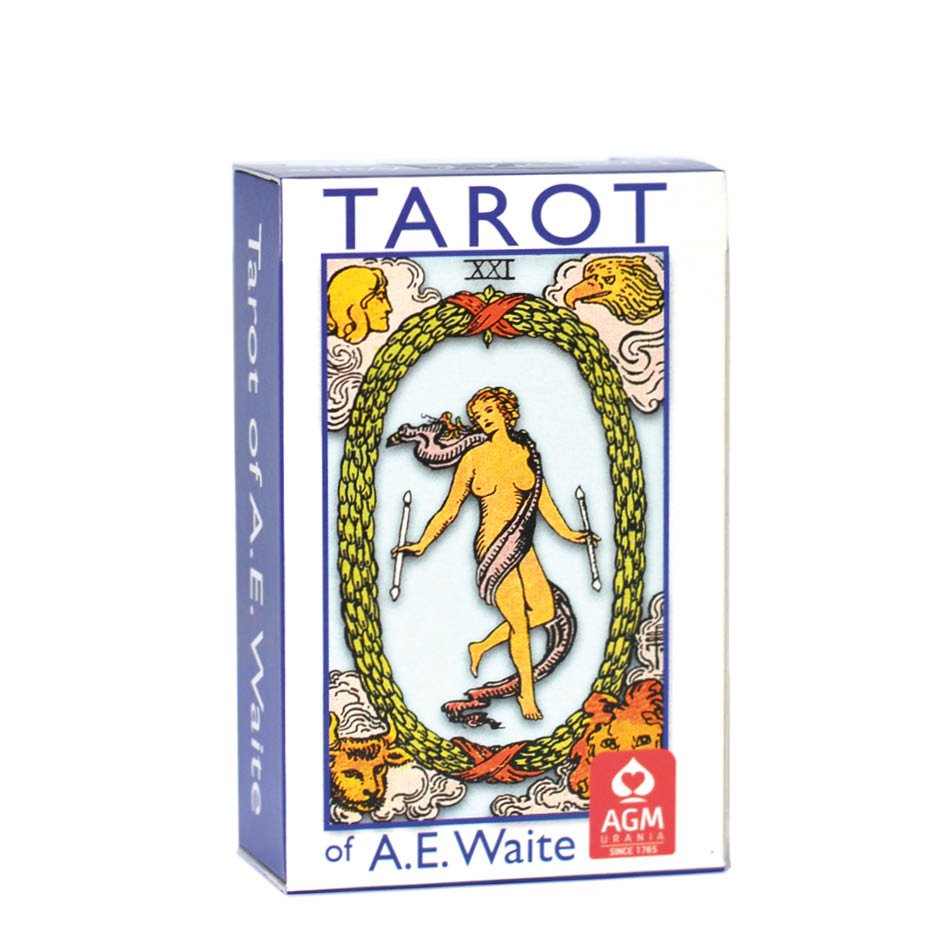The origin of tarot

The term ‘Tarot’ is derived from the Italian word ‘Tarocchi’, which was synonymous with ‘foolishness’ in the late 15th and early 16th centuries. Originally, tarot cards were used for games, much like regular playing cards.
The First Tarot Decks
The earliest known tarot decks were crafted in the mid-15th century in the Duchy of Milan, a state in Northern Italy. These decks were commissioned by Filippo Maria Visconti, the Duke of Milan at the time, and his son-in-law Francesco Sforza.
The Visconti-Sforza Tarot Deck
These decks are now known as the Visconti-Sforza tarot deck. They greatly influenced the design, numbering, and interpretation of subsequent cards and inspired a significant part of the layout of modern tarot cards. About 15 of these decks are still in existence today, preserved in libraries, private collections, and museums worldwide.
The Minchiate Deck
In Florence, Italy, an expanded deck called the Minchiate deck was used. Comprising 97 cards, this deck incorporated astrological symbols along with traditional Tarot motifs.
The Spread of Tarot
The production of these early tarot card decks was limited due to their hand-painted nature. It was only after the invention of the printing press that wider production became possible. During the Italian wars (1494-1559), the practice of tarot spread to countries outside Italy, such as France and Switzerland. The most popular tarot pattern used in these countries was the ‘Tarot of Marseille’.
Tarot Today
Today, tarot is practiced globally, resulting in a plethora of different Tarot decks. Take a look around and find the one that resonates with you the most!
Explore our full tarot card collection here >>



